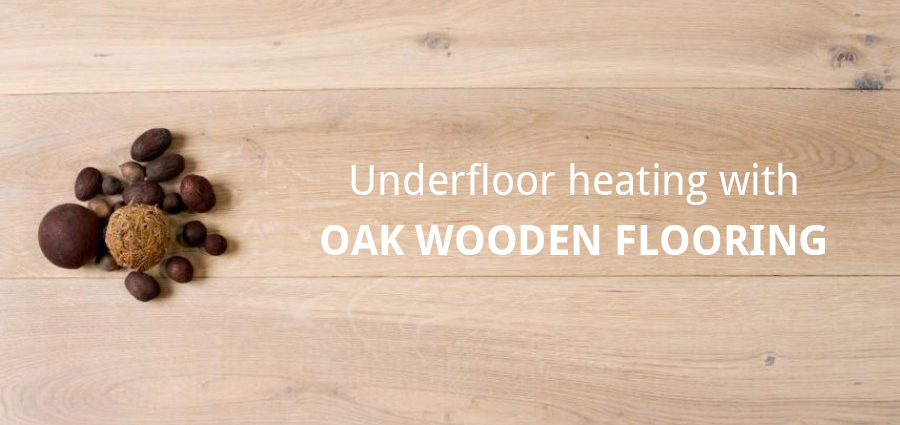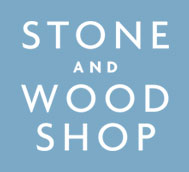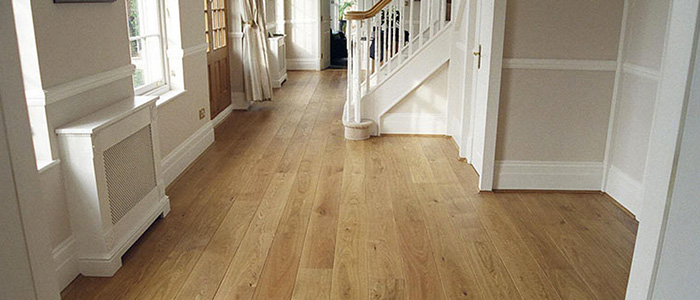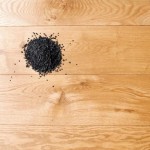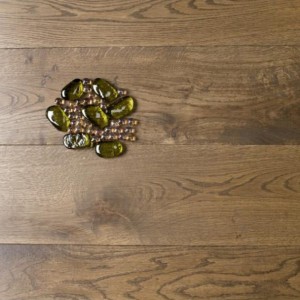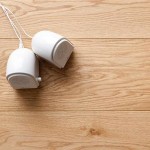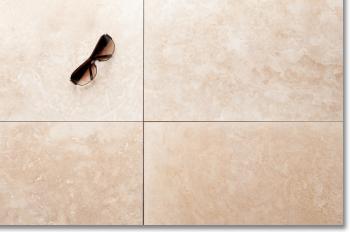
Premium Polished Travertine
Travertine Floor Tiles: The Ultimate Guide
Travertine is a rock or stone that’s main component is limestone and in the majority of cases it is found near warm and hot springs – most of the time as deposits. A porous sedimentary stone, it features natural veins and fissures and this gives the stone a truly exclusive look and texture. Travertine is a naturally soft stone with pockets and holes that are naturally created by gases escaping from the stone over time. This pitted surface is the main feature of travertine and is what gives it a warm aged look that will mature over time to create a beautiful patina that increases the true beauty of the stone. Travertine has been popular as a flooring material for many years as it is both elegant and durable.
Tumbled Travertine Flooring
Tumbled travertine has a finish which is more weathered, aged or scuffed with chipped edges and unfilled holes. It is produced by a process of placing the travertine in a large tank with water and abrasives which is then vibrated to produce the tumbling process. Tumbled travertine surfaces remain unpolished and the holes left intact to give the tile a natural and rustic appearance. The stone’s natural pockets and holes are left unfilled and this makes the tile vulnerable to breakage. This vulnerability in tumbled travertine can be reduced by filling these holes and cavities with grout during installation. Filling tumbled travertine will not only strengthen the file but will also prevent the build up of debris in the stone. It creates a more finished look and a more refined and sophisticated beauty. Travertine that has undergone this process is known as honed and filled travertine.
The Advantages of Travertine Flooring
Travertine flooring has a natural beauty that imparts a feel of character and history to your home that is truly unique. However, it is not just a pretty face. It will also serve as an environmentally-friendly and durable flooring product that will stand the test of time and once properly sealed will be relatively low maintenance and easy to clean. Travertine flooring has long been chosen by interior designers to give the wow factor to their designs but it is also a practical choice and has many advantages as a flooring product for the home. Travertine flooring is widely used in areas outside the home where water stagnation should be avoided, like swimming pools, footpaths, balcony areas and pathways. Plus, due to its uneven surface, it creates the perfect non slip area. Having said this, because travertine tiles are hard wearing and versatile, they can be used in any room of the home and with professional sealing are suitable for kitchens and bathrooms.
Travertine flooring is warm under foot and hygienic and with a range of colour and finish options available will create a totally distinctive feel that is like no other. Once laid, travertine tiles should be professionally sealed which will ensure they are suitable for use in any room in the home. The sealing of travertine tiles will prevent staining and water, dust, chemical, and odour absorption making your tiles resilient and a bacteria free flooring that benefits the environment and your family. Travertine flooring is the perfect choice for allergy sufferers and is a healthy, bacteria free solution to creating an environmentally friendly home. Due to its unique composition, travertine flooring is the perfect choice for under-floor heating. With its natural indentations and fissures, heat is able to pass through these many openings and grooves ensuring perfect heat conduction. Think of a bathroom with a wonderful heated floor constructed of travertine tiles that look and feel truly amazing.
Colour, Finish and Size Options for Travertine Floor Tiles
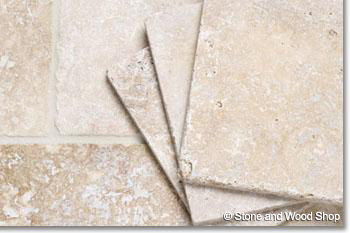
Rustic Tumbled Unfilled Travertine
Travertine tiles come in a wide variety of colours and size options which enable you to design a floor that is exclusive to you, ensuring that there’s a colour option and style to suit every taste, from the modern and contemporary to the more traditional. With a number of finishes available, travertine flooring is a designers dream. From the classic honed and filled travertine which gives a look of chic sophistication to the rustic tumbled unfilled travertine to impart that timeless charm of an era long gone, travertine flooring allows you to be as creative as you want. You can rest-assured that with a choice of straight or chipped edge finishes, your travertine flooring will be as individual as you. Travertine tiles are completely natural with every tile bringing a completely unique and one-off colour pattern that although unique, seamlessly blends into the next tile to create a personality from nature itself. With a colour pallet taken from nature itself, tumbled travertine tiles come in a range of soft muted colours from beige through to dark brown and can transform a room with a touch of character look that will only become more beautiful over time.
A contemporary décor can look wonderful against a rustic tumbled travertine floor, bringing out the best of the old and the new. A period home cries out for a tumbled travertine floor to enhance all its character features. Travertine is cut into different sized tiles, leaving you free to design your own pattern, whether you choose a classic one size tile or make up a random pattern of different sized tiles, your travertine floor will be as creative as you want it to be and as beautiful as nature intended. By mixing different sized tumbled travertine tiles you can create different patterns that are random and creative to give an Old World rustic look that can greatly enhance your flooring. Tumbled travertine will blend in a way that will bring a warmth to your home and enhance your décor in the best way possible. It is the perfect choice for that extra special look that is informal, warm and will never go out of style.
Care of Travertine Flooring
Travertine is a warm and beautiful stone with unique colour and pattern characteristics which will compliment any home. However, it is delicate in nature and so it’s important to take good care of your travertine in order to keep this wonderful enhancement to your home in the best possible condition. It should be cared for in a way that’s comparable to marble and limestone as they are of a similar composition in chemical and physical characteristics. Care of travertine is not time consuming and depending on which travertine you choose being filled or unfilled, tumbled or polished once your travertine is sealed, maintenance should be relatively easy. Although travertine is a more hard-wearing floor material than most, it is still susceptible to damage if not treated properly. Its natural porous construction makes travertine tiles susceptible to staining when in contact with acid based liquids such as alcohol, citrus fruit juice and cleaning products. They can easily score the travertine surface if left to stand after spilling. If this occurs, rubbing the area with a fine grade emery paper will remove the damaged surface, allowing it to be resealed.
When caring for your travertine, it is best to vacuum, sweep, or dust mop your floor every few days to pick up dust and outside debris that can get ground into the surface which may dull the surface. Caring for your travertine floor this way will reduce the frequency you need to wash your floor as it will keep dirt and dust to a minimum. Once a month a wet wash should be included in the care for your travertine floor. After sweeping your travertine floor, you should wet wash using a mild ph soap solution, or a recommended cleaning solution (never use acidic or abrasive cleaners). This should be dissolved in warm water using a well wrung-out flat mop (a sponge, microfibre or chamois mop are gentle and can be easily wrung out to nearly dry and are more effective that traditional mops at gathering small dirt particles).
Re-sealing Travertine Flooring
When caring for your travertine flooring, over time you might begin to notice that the water doesn’t bead on the surface and may immediately soak into the stone. If this happens, it is then time to re-seal the floor with a penetrating stone sealer recommended for stone floors. As natural stone is porous to some degree it will be necessary for your floor to be sealed with a stone sealer which will help prevent spilt liquids penetrating the stone. Over time, the wax sealer will wear, so in caring for your travertine floor it will periodically be necessary to re-seal your floor. Re-sealing of stone flooring in the home environment will be required every 5 to 7 years, depending on the amount of foot traffic and wear and tear.
A travertine floor is a thing of beauty, and with the right care and maintenance will give you many years of use. Travertine floor care goes a long way to getting the best from your floor. As with most valued possessions, your travertine floor should be treated with respect and, although not high maintenance, with a degree of tender loving care it will repay you back with a floor that will enhance your home, and look stunning for years to come.
Travertine Floor Tiles: The Perfect Choice
Travertine floor tiles cannot be duplicated by any other natural material and can easily be identified due to its unique rustic, yet simple elegance. Having travertine flooring in your home will bring out the beauty of the stone as it occurs in nature giving a look that is truly matchless. If you are looking to add value, elegance and beauty, travertine flooring wins hands down. When it comes to tiling, we are often spoilt for choice, and deciding which tile material to use can be a difficult decision. Travertine floor tiles are versatile, fit into any décor, whether rustic, traditional or contemporary, are hard wearing and truly beautiful.
Whether you are looking for a flooring or wall tiling choice, travertine tiles fit the bill both in exceptional quality and decorative appeal. Travertine has a simple, unique, rustic elegance that only nature can create and can bring a feeling of opulence as well as simplicity that is timeless and cannot be replicated by any other material. If you are looking for a unique floor that will be the envy of many, will serve you in durability and last a lifetime, then a travertine floor will meet your needs.
See a range of travertine floor tile options.
